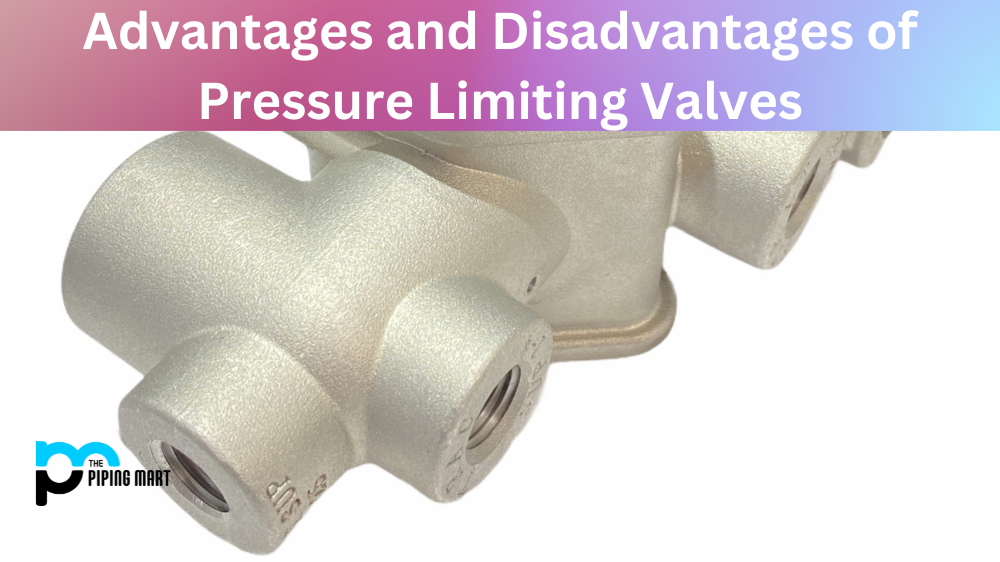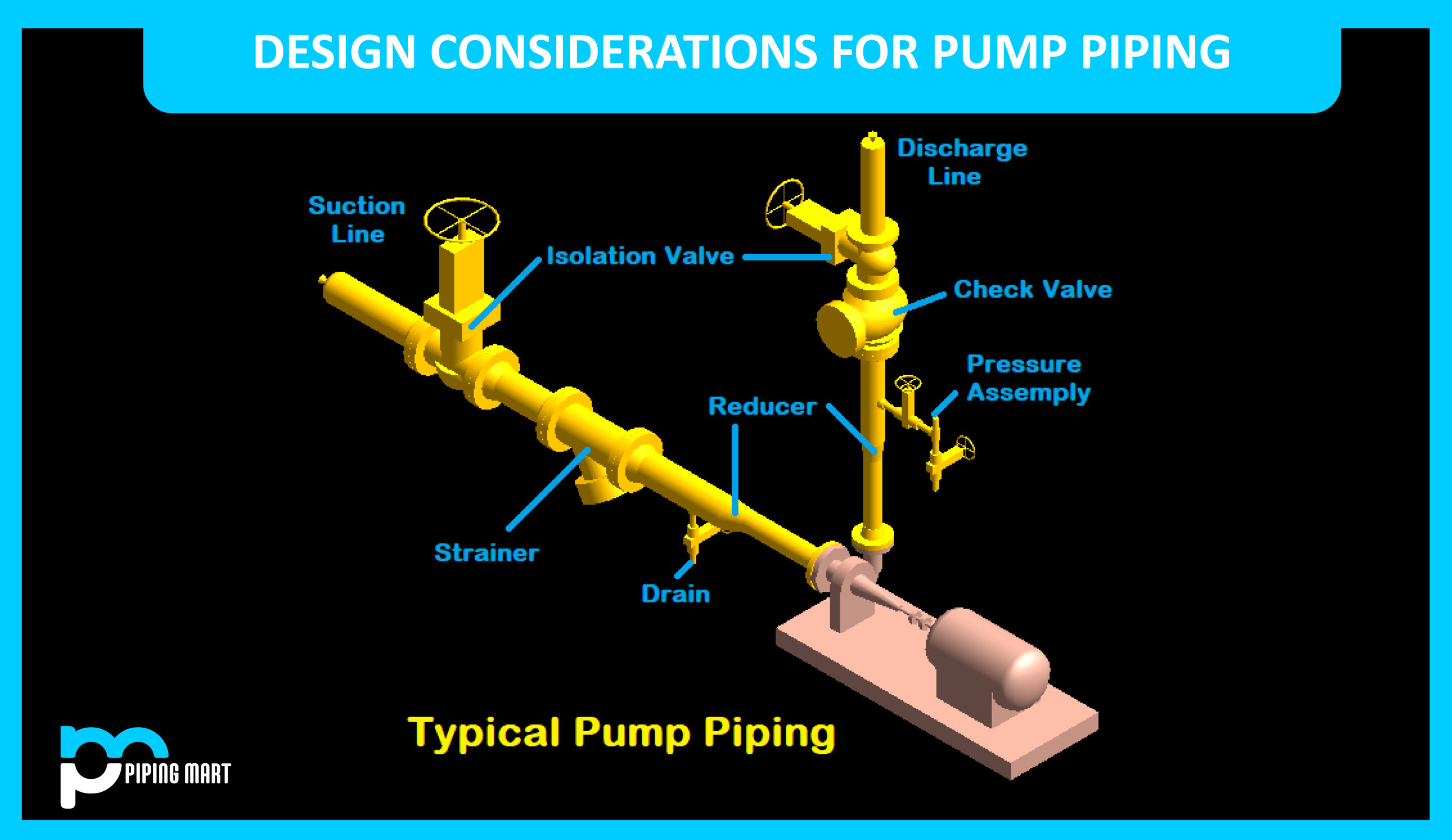Pressure-limiting valves are essential components found in many systems, including plumbing and HVAC systems. They regulate the amount of pressure in a system by automatically controlling water flow. It’s important to understand both the advantages and disadvantages of these valves before deciding if they are right for your system. Let’s take a look at some of the most important pros and cons.
Advantages of Pressure Limiting Valve
The main advantage of pressure-limiting valves is that they help to prevent over-pressurization in a system. If too much pressure builds up, it can cause damage to pipes, fixtures, or other components. By regulating the pressure levels, these valves help to ensure that damage doesn’t occur as a result of high pressures.
In addition, pressure-limiting valves are relatively inexpensive and easy to install. They don’t require complicated maintenance either—simply inspect them regularly to make sure they’re working properly and replace any worn parts as needed. This makes them an ideal choice for budget-minded homeowners who want to improve the safety and efficiency of their systems without breaking the bank.
Pressure relief
Pressure-limiting valves are designed to relieve pressure in a system by opening and allowing fluid to flow through when the preset pressure is reached. This can help to prevent damage to the system and components, as well as reduce the risk of injury to people who may be working on or near the system.
Reduced wear and tear
Another advantage of pressure-limiting valves is that they can help to reduce wear and tear on the system and its components. When the system pressure gets too high, it can cause components to fail or break. By relieving the pressure before it gets too high, pressure-limiting valves can help to extend the life of the system.
Improved safety
Pressure-limiting valves can also improve safety by preventing the overpressurization of the system. Overpressurization can lead to component failure, which can result in leaks or even explosions. By relieving the pressure before it gets too high, pressure-limiting valves can help to prevent these dangerous situations from occurring.
Reduced noise
Another advantage of pressure-limiting valves is that they can help to reduce noise levels in the system. When pressures get too high, it can cause components to vibrate, which can create a lot of noise. By relieving the pressure before it gets too high, pressure-limiting valves can help to reduce noise levels in the system.
Improved efficiency
Finally, pressure-limiting valves can also improve system efficiency by preventing overpressurization. Overpressurization can lead to component failure, which can result in lost production time and increased downtime for repairs. By relieving the pressure before it gets too high, pressure-limiting valves can help to improve system efficiency and keep production running smoothly.
Disadvantages of Pressure Limiting Valve
One potential disadvantage of pressure-limiting valves is that they can be prone to wear and tear due to frequent use. Over time, parts may become corroded or worn out, causing them to malfunction or break down completely. Regular inspections should help mitigate this issue, but if you find yourself constantly replacing parts, then it might be time to consider investing in a higher-quality valve with better durability ratings.
Another potential downside is that some pressure-limiting valves can be difficult to adjust accurately. If you need more precision when adjusting your valve settings, then consider investing in one with more finely adjustable settings so you can get them just right every time.
- Pressure-limiting valves can be expensive.
- Pressure-limiting valves can be difficult to install.
- Pressure-limiting valves can be difficult to maintain.
- Pressure-limiting valves can be susceptible to corrosion.
- Pressure-limiting valves can be susceptible to freezing.
Conclusion:
Pressure-limiting valves are great for preventing over-pressurization in systems like plumbing and HVAC systems, but there are also some drawbacks associated with them as well. Make sure you do your research before making your purchase so that you know exactly what kind of valve you need for your specific application—this will help ensure your system runs safely and efficiently for years to come!

A passionate metal industry expert and blogger. With over 5 years of experience in the field, Palak brings a wealth of knowledge and insight to her writing. Whether discussing the latest trends in the metal industry or sharing tips, she is dedicated to helping others succeed in the metal industry.




